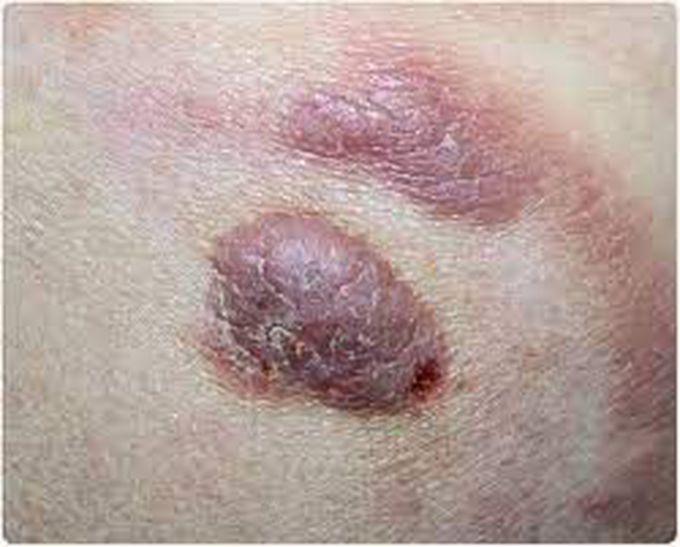


Treatment of cutaneous t-cell lymphoma
Many treatments are available for people with cutaneous T-cell lymphoma. Which treatments are best for you depends on your particular situation, including the extent or stage of your lymphoma. Most people receive a combination of treatments for cutaneous T-cell lymphoma. Treatment options may include: Skin creams and ointments. Medicines can be applied to your skin in the form of creams, gels and ointments. Corticosteroids can help control skin redness and itchiness. Chemotherapy can be applied to the skin to attack cancer cells. Light therapy (phototherapy). Phototherapy involves exposing the skin to wavelengths of light, such as ultraviolet B or ultraviolet A. Various machines are used in phototherapy, including booths that expose most of your body to the light. Sometimes phototherapy is done after the application of a medication that makes skin cells more sensitive to light (photodynamic therapy). Healthy cells regenerate quickly, but cancer cells do not. Radiation therapy. Radiation therapy uses beams of energy to kill cancer cells. If you have one area of cutaneous T-cell lymphoma, standard radiation therapy with X-rays might be recommended. For people with more areas of cancer, radiation therapy might be done with electron beams, which target the skin and don't affect internal organs. Electron beam radiation is usually applied to all of the skin. Medications. Medications used to treat cutaneous T-cell lymphoma include treatments to control the immune system, such as steroid drugs and interferon. Chemotherapy medicines attack quickly growing cells, including cancer cells. Targeted therapy medicines attack cancer cells by targeting the cells' specific vulnerabilities. Exposing blood cells to light. A procedure called extracorporeal photopheresis involves taking a medicine that makes your cells more sensitive to light. Then your blood is filtered through a machine that exposes it to ultraviolet light before returning the blood to your body. Bone marrow transplant. A bone marrow transplant, also known as a stem cell transplant, is a procedure to replace your diseased bone marrow with healthy bone marrow from a matched donor (allogeneic bone marrow transplant). During a transplant you'll receive chemotherapy drugs to suppress your diseased bone marrow. Then healthy donor cells are infused into your body where they travel to your bones and begin rebuilding your bone marrow.

